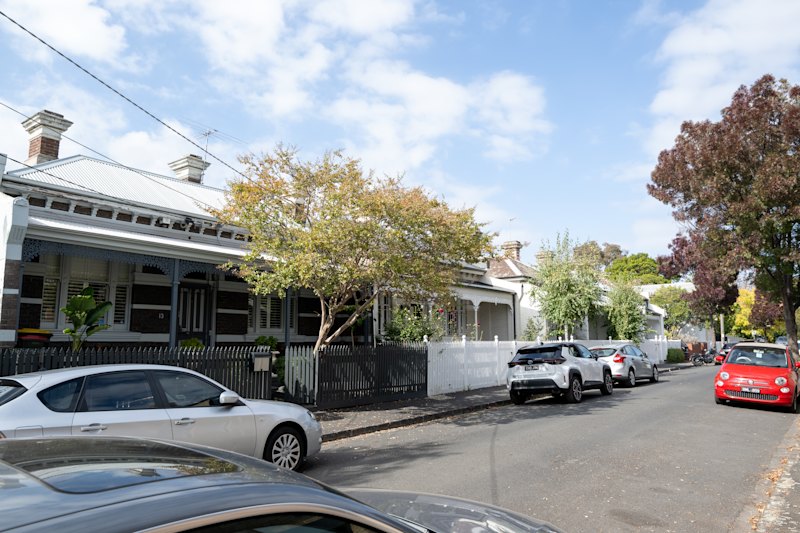Do blue-chip suburbs have the best property price growth?
Some of the best opportunities for property buyers over the past five years have been outside sought-after blue-chip suburbs, new research shows.
Although conventional wisdom suggests price growth is stronger in leafy, expensive neighbourhoods close to city centres, the property boom over recent years sent buyers flocking to the most affordable suburbs in some Australian cities.
In Melbourne, prices in the less expensive suburbs increased the most since 2014, research from Domain economist Trent Wiltshire found.
Sydney saw the most significant price rises in very cheap and very expensive neighbourhoods, with mixed results in the mid-tier price ranges.
But Perth and Adelaide saw affluent areas hold up better, underscoring the mixed performance of housing markets across Australia’s cities.
In Melbourne, the outer suburb of Melton South had a median house price of just $240,000 in 2014, but this soared 71 per cent over the following five years, the research found.
By contrast, exclusive Toorak’s median price was $2.56 million five years ago and is only 10 per cent higher now.
Affordability has played a part in Melbourne’s trend, Mr Wiltshire said.
“When prices have started to rise in the more expensive areas, people started to look to the outer suburbs for cheaper options,” he said.
But the five-year time frame also affected the result, missing the start of the price boom in 2012 but capturing the end of the bull run, when the top end started to fall while cheaper areas were still growing.
“[It’s] a unique feature in Melbourne, that the top end does move first,” he said.
“So, it’s captured that big downturn over the past two years in the top end, and it looks like the top end’s turned fastest over the past few months.
“Clearance rates are the highest in more expensive areas, and prices look to have jumped more.”
The trend might reverse in coming years if the top end continues to rebound strongly, leading to faster price growth among the top 20 per cent of Melbourne homes, he suggested.
In NSW, strong price rises were recorded at either end of the spectrum.
On the Central Coast, Budgewoi had a median house price of just $312,000 in 2014, but this jumped 60 per cent over the next five years.
In harbourfront Vaucluse, prices skyrocketed 77 per cent from the 2014 median of $3.39 million. But mid-tier suburbs saw mixed results.
The top end of the Sydney market is unique, Mr Wiltshire said.
“Median house prices are so high in Vaucluse and Mosman; it’s a separate market almost.”
Resources-affected Perth showed little signs of buyers clamouring for affordable suburbs, as prices dropped 14 per cent across the city over the past five years.
Cheaper locales on the city’s outskirts have been hard hit by job losses in the mining downturn, and have generally seen the largest price falls, he said.
More affluent areas held up better and beachside Cottesloe was an outlier with 26 per cent price growth from its 2014 median of $1.75 million.
“[It’s] very different to what’s going on in other states – it’s really the outer suburbs have been hit hard,” he said.
“And population growth has been very weak as well, so that means there’s not as much demand for new housing on the outskirts of the city.”
For potential buyers, Mr Wiltshire says it is not necessarily the case that blue-chip suburbs perform better over a short time frame.
“For someone looking to invest in property or an owner-occupier, property is a long-term investment, so price trends over five years aren’t necessarily that important for potential buyers,” he said.
We recommend
States
Capital Cities
Capital Cities - Rentals
Popular Areas
Allhomes
More







